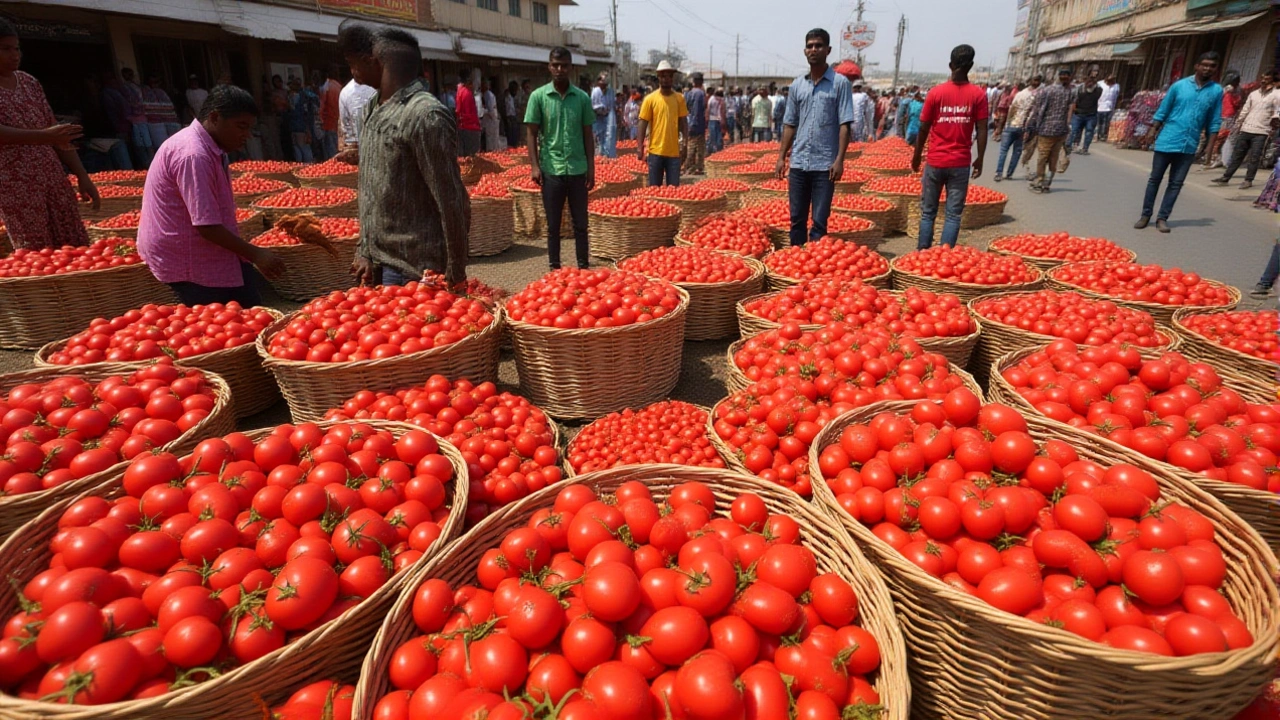Rice Tariffs: How Africa’s Grain Trade Is Shaped by Trade Rules
When you buy a bag of rice in Lagos, Nairobi, or Cape Town, the price isn’t just about how far it traveled—it’s shaped by rice tariffs, taxes imposed by governments on imported rice to protect local farmers and control food prices. Also known as import duties on rice, these tariffs are a direct line between global markets and your kitchen table. In many African countries, rice is no longer just a crop—it’s a political tool, a budget line item, and a test of whether local farming can compete with cheap imports from Asia and the Americas.
Rice tariffs don’t exist in a vacuum. They’re tied to African agriculture, the backbone of livelihoods for over 60% of rural households across the continent. These tariffs often clash with regional trade pacts like the African Continental Free Trade Area (AfCFTA), which aims to reduce barriers but struggles when countries fear losing domestic rice production. Meanwhile, food security, the ability of a nation to feed its people without relying on unstable global markets. Also known as national grain sovereignty, it’s the quiet goal behind every tariff hike or cut. When Nigeria raises its rice tariff to 100%, it’s not just about protecting farmers—it’s about keeping rice affordable and available during global supply shocks. When Kenya lowers its tariff, it’s often because domestic harvests failed and supermarkets are running low.
The tension between local farmers and imported rice is real. In Tanzania, smallholders say they can’t compete with Thai rice priced below production cost. In Senegal, rice farmers have staged protests after imports flooded the market after tariff reductions. But in countries like Ethiopia, where rice farming is still growing, higher tariffs have helped local mills expand and hire more workers. It’s not a simple story of protectionism versus free trade—it’s about timing, scale, and who gets left behind.
What you’ll find in this collection are stories that show how rice tariffs ripple through economies. You’ll see how deals between China and Zambia affect rice prices in Lusaka, how droughts in India change import patterns in West Africa, and how government policies in Kenya and Nigeria swing between helping farmers and keeping prices low for city dwellers. These aren’t abstract trade rules—they’re decisions that decide whether a mother buys rice or beans this week. Below, you’ll find real cases, real impacts, and the people caught in between.
Tomato prices in Nigeria dropped 22% in June 2019 as high rice tariffs disrupted supply chains, hurting farmers and vendors despite lower consumer costs. The National Bureau of Statistics confirmed the trend amid broader food market instability.






